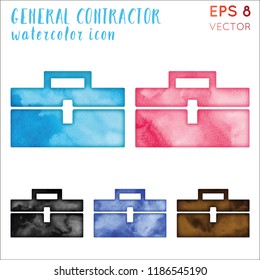Seasonal Considerations For Commercial Outside Paint: What You Required To Know
Seasonal Considerations For Commercial Outside Paint: What You Required To Know
Blog Article
clicking here Composed By-Carlson Celik
When you're intending a commercial outside paint project, seasonal factors can make or damage your results. You'll wish to consider how temperature and humidity impact paint application and drying times. Choosing the right period can guarantee your paint adheres correctly and lasts much longer. But which periods are genuinely the best for this kind of job? Let's check out the crucial elements that can impact your task's success.
The Effect of Temperature on Paint Application
When you're planning a business outside painting project, the temperature can significantly affect exactly how well the paint adheres and dries.
Ideally, you want to paint when temperatures range in between 50 ° F and 85 ° F. If it's too cool, the paint may not cure effectively, leading to problems like peeling or splitting.
On the other hand, if it's as well warm, the paint can dry also swiftly, protecting against appropriate adhesion and resulting in an irregular finish.
paint ceilings and walls same color need to likewise consider the moment of day; morning or late afternoon supplies cooler temperatures, which can be more positive.
Constantly examine the supplier's recommendations for the specific paint you're utilizing, as they typically supply assistance on the suitable temperature range for ideal results.
Moisture and Its Result on Drying Times
Temperature level isn't the only environmental aspect that affects your business exterior painting project; moisture plays a considerable function as well. High moisture degrees can slow down drying out times dramatically, affecting the total quality of your paint work.
When the air is filled with dampness, the paint takes longer to treat, which can cause issues like inadequate bond and a higher risk of mildew growth. If you're repainting on a particularly humid day, be prepared for extended wait times in between layers.
It's important to keep track of neighborhood climate condition and strategy appropriately. Preferably, go for moisture degrees in between 40% and 70% for optimal drying out.
Maintaining these consider mind guarantees your task stays on track and supplies a long-term coating.
Best Seasons for Commercial Exterior Painting Projects
What's the most effective season for your industrial external paint jobs?
Spring and very early loss are generally your best options. During these seasons, temperatures are moderate, and moisture levels are often lower, developing excellent conditions for paint application and drying.
Avoid summer season's intense heat, which can cause paint to completely dry as well quickly, resulting in inadequate attachment and surface. Likewise, winter season's cool temperature levels can prevent appropriate drying out and curing, taking the chance of the long life of your paint work.
Aim for days with temperature levels between 50 ° F and 85 ° F for optimum outcomes. Bear in mind to check the regional weather forecast for rainfall, as damp problems can spoil your project.
Planning around these variables guarantees your painting job runs smoothly and lasts longer.
Verdict
In conclusion, planning your commercial exterior painting jobs around seasonal considerations can make a significant distinction in the end result. By scheduling job during the optimal temperature levels and humidity levels, you'll ensure better adhesion and drying out times. Remember to keep an eye on local weather prediction and choose the correct time of year-- springtime and early fall are your best bets. Taking these actions will aid you accomplish a sturdy and expert finish that lasts.
